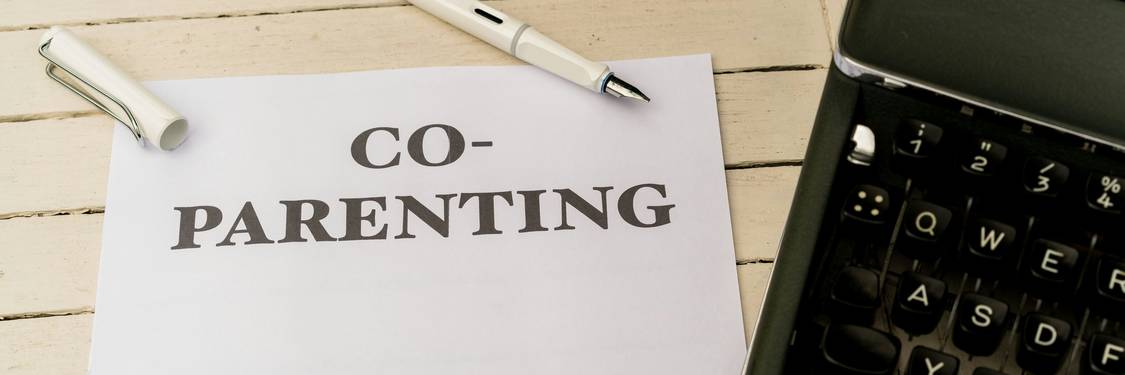Home / Child Custody & Support / Modify Child Support
How to Modify Child Support in California
California law lets parents adjust child-support orders when life changes. This guide walks you through eligibility, paperwork, timelines, and courtroom tips—everything you need to file a solid request in under 10 minutes of reading.

$60–85
Typical filing fee (ask for a fee-waiver if you qualify)
30–90 Days
Average processing time from filing to new order
10 %+
Common income change threshold courts recognize
Five Clear Steps to Modify Child Support in California
1. Confirm You Have a “Material Change”
Before you fill out a single form, make sure your situation meets California’s material change in circumstances requirement (Family Code § 3651). Courts look for something substantial—usually a shift that would change guideline support by at least 20 %. Classic examples include a job loss, income spike, new health-insurance premiums, or a custody schedule moving from 70/30 to 50/50. If you recently switched to equal parenting time and wonder “can you lower child support after custody change California?”—this is exactly the test judges use.
2. Gather Persuasive Evidence
Paper beats promises. Collect recent pay stubs, the last two years’ federal and state tax returns, unemployment-benefit award letters, child-care receipts, health-insurance statements, and an updated parenting calendar. Each document backs up the numbers you’ll place in Form FL-150. Judges often deny requests that lack hard proof or rely on “my paycheck is smaller” assertions without exhibits.
3. Complete the California Child Support Modification Forms
This is the heart of the process. You will file Form FL-300 (Request for Order) and Form FL-150 (Income & Expense Declaration). Optional Form FL-335 helps you prove service. Below is a mini checklist of what to enter—your “FL-300 instructions step by step” condensed:
- Caption boxes: Case number, court address, parties’ names—copy exactly from your last order.
- Item 3a: Check “Modify Child Support” and describe the change (e.g., “Income decreased by 25 %”).
- Item 10: Attach a proposed guideline calculation—use our Child Support Estimator and print the summary.
- FL-150: Make sure it’s signed within 90 days of the hearing date; attach pay stubs.
For a deeper dive on “California child support modification forms,” see our forthcoming detailed FL-300 guide.
4. File & Serve the Packet
Take two copies plus the originals to the clerk or e-file system. Fee waivers (FW-001 & FW-003) wipe out the $60–85 filing cost if you qualify. After the clerk stamps hearing dates, personally serve the other parent at least 16 court days before the hearing (add 5 calendar days if by mail). A non-party adult or professional process server can handle delivery.
5. Prepare for the Hearing
Bring the original + two copies, your proof of service, and any fresh financial documents. Judges appreciate concise statements: outline the change, reference Family Code § 4055 guideline print-out, and highlight exhibits. If your income is variable, be ready to explain monthly averages or why the court should not impute income. Updated FL-150s less than 90 days old carry extra credibility.
Real-Life Triggers for Child Support Modification
Job Loss
Sam was laid off from his sales job and unemployment now pays 45 % of his old salary. He attached EDD award letters and last three pay stubs to prove income drop— classic “job loss child support change California” scenario.
Income Increase
Mia’s promotion raised her base salary by 30 %. Her ex submitted new pay stubs and offer letter showing the raise—evidence that can justify a support hike.
Medical Costs
Chloe’s child developed asthma requiring $450/month in prescriptions. Receipts and insurance EOBs supported a guideline deviation for unreimbursed medical add-ons.
Custody Shift
After moving closer to school, Jordan increased overnight time from 20 % to 50 %. He filed the new parenting plan to show the altered percentage timeshare.
Common Grounds & Proof You’ll Need
| Ground for Modification | Key Proof to Attach |
|---|---|
| Job Loss / Reduced Hours | EDD benefit letter, termination notice, last pay stub showing hour cut |
| Income Increase | New pay stubs, offer letter, commission statements |
| High Medical Expenses | Invoices, pharmacy receipts, insurance Explanation of Benefits (EOB) |
| Custody Schedule Change | New parenting plan (FL-341 or stipulation) and attendance records |
| Incarceration of Payor | Commitment order, jail booking sheet, income verification from facility |
How to File Without a Lawyer
A surprising number of Californians succeed as self-represented litigants—often called “pro pers.” The key is preparation: know the forms, follow local rules, and arrive early on hearing day. Court self-help centers can review paperwork for free, and many counties offer a family-law facilitator who will check guideline calculations. Ready to dive deeper? Our full DIY guide walks step-by-step through e-filing portals, courthouse windows, and service options.
Quick Document Checklist
- ✔️ Recent tax returns (2 years)
- ✔️ Last 3 months’ pay stubs or unemployment statements
- ✔️ Child-care cost receipts
- ✔️ Health-insurance premium statement
- ✔️ Current parenting calendar
- ✔️ Completed FL-300 & FL-150
Frequently Asked Questions
Related Guides
Material Change – A substantial shift that justifies revisiting support.
Arrears – Past-due support still owed after the due date.
Wage Assignment – Court order directing an employer to deduct support.
Imputed Income – Earnings the court assigns when actual income is unclear.
Read more in our full glossary.